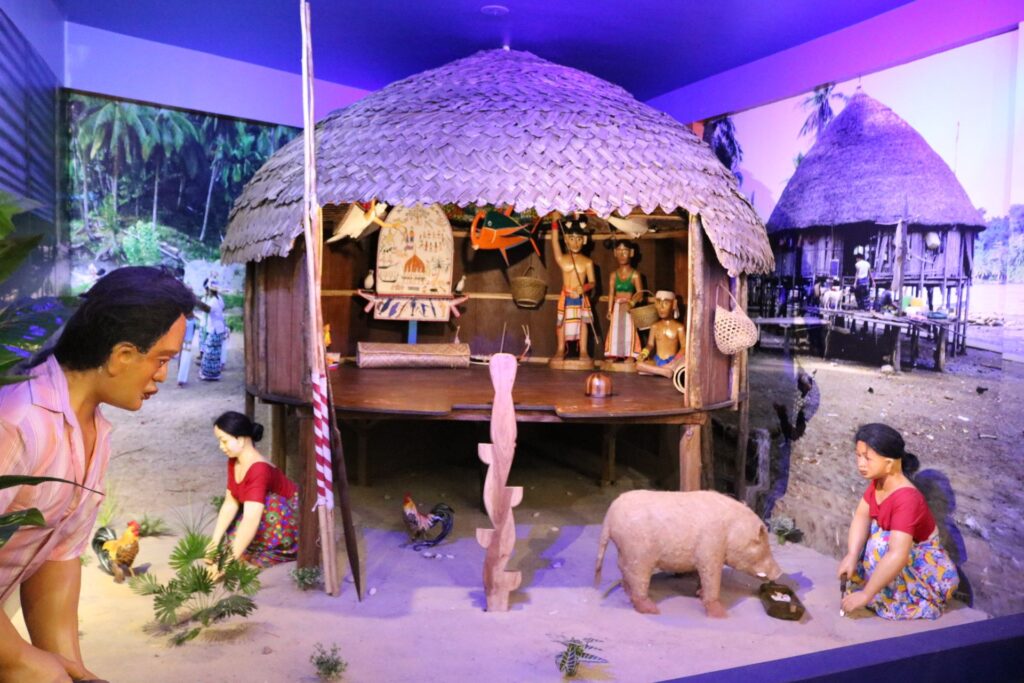By Zubair Ahmed
“More than the landscape, the visitors and tourists need to be exposed to the humanscape in the Islands,” beamed Mukeshwar Lal, the creator of Kalapani Museum, a pioneering and unparalleled effort.
It’s an exciting journey spread on four levels, showcasing the penal colony, early settlement, Japanese occupation, tribal life, people and places, imagined and created with finesse.

It’s not only the hundreds of rare photographs that fascinate you, or the depiction of events and incidents brought to life through dioramas, but combination of all these with hundreds of rare documents and publications on Andaman and Nicobar Islands.
There is no place like Kalapani Museum to know about the history and evolution of the humanscape in the Islands. Conceptualized to capture both your imagination and emotions, the museum opens a world of knowledge spanning from 1857 to 1947 and beyond.
The history of the evolution of the local born population and Andamanian Association and their role in the civic life of Port Blair makes it easy to grasp through the photos and display of documents and collections.
The life size models (dioramas) of torture meted out by Japanese on the Islanders are classic examples of how history should be depicted for the visitors to feel it. The Humprey Gunj massacre, drowning to death in the sea and many other incidents are portrayed in length and breadth.
The confrontation between the indigenous tribes and the colonial forces and the consequences faced by the convicts are highlighted through depiction of major events like Battle of Aberdeen and convicts engaged in clearing jungles amidst hostile conditions.
The museum is the successful outcome of a lifetime solely dedicated by Mukeshwar Lal. One man’s determination and persistence pays off. It’s quite an effort which needs all patronage and support from the Islanders as well as the ANI Administration.
But, the apathy of the Islanders towards their own historical heritage is quite intriguing. We always miss such chances to acquaint ourselves about our Islands.
It should be made a must-see on the itinerary of tourists before they venture out to explore the Islands. It would help them understand beforehand the places they are going to visit, and also get familiarized with the incidents that took place at different spots. The pilgrimage to these sacred Islands will remain incomplete, if this museum is not on the tour schedule. When the person who conceptualized and visualized the museum takes you around and explains about each and every image and object, it’s for sure that you can’t be taken for granted by some of the guides who blurt out that there are Jarawas on Viper Island.
We keep complaining for lack of a space to sit and talk on issues pertaining with the Islands. On the top floor, the museum features a corner for screening movies, discussions, book-readings and meetings. It’s not just a museum, but a centre for research and education, quite resourceful for researchers and historians.